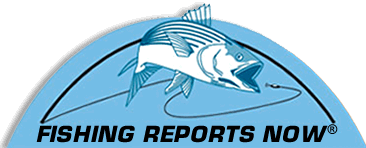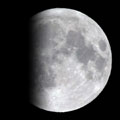Biomedical Co.'s Pledge $
For Survey Essential
To Delaware Bay's Horseshoe Crabs
For Survey Essential
To Delaware Bay's Horseshoe Crabs
From the Atlantic States Marine Fisheries Commission:
FOR IMMEDIATE RELEASE, JANUARY 19, 2011
PRESS CONTACT, TINA BERGER, 703/842-0740
Biomedical Companies Pledge Over $100,000 to Continue Horseshoe Crab Survey
Arlington, VA – The biomedical companies Lonza Walkersville, Inc., Associates of Cape Cod, Inc., and Charles River Laboratory have together pledged over $100,000 to support the Horseshoe Crab Trawl Survey for 2011.
The survey, which has been administered by Virginia Tech since 2002, is the only survey designed to sample the horseshoe crab population in coastal waters.
Its data are a critical component of the coastwide stock assessment and the new Adaptive Resource Management (ARM) framework, both of which were endorsed through an independent peer review in 2009.
The ARM framework includes modeling that links management of horseshoe crab harvest to multispecies objectives, particularly red knot shorebird recovery.
It was developed jointly by the Commission, U.S. Fish and Wildlife Service, and U.S. Geological Survey in recognition of the importance of horseshoe crab eggs to several shorebird species in the Delaware Bay Region.
"The Horseshoe Crab Trawl Survey is essential to assessing the health and status of horseshoe crabs in the Delaware Bay," stated Thomas O’Connell, ASMFC Horseshoe Crab Board Chair and Maryland DNR Fisheries Service Director.
"The biomedical industry's contributions will go a long way to ensure that the survey is conducted at least in part in 2011. An additional $100,000 will enable the survey to be fully conducted in 2011 and may allow for the continuance of the survey through 2012 if we can get matching funds. I sincerely thank and commend the biomedical industry for coming together to support horseshoe crab management, and I encourage other interested groups to come forward to help support this important survey."
Generally supported by congressionally-directed funds in the past, the survey would have been shut down without the generosity of the biomedical companies, who depend upon a healthy population of horseshoe crabs to provide vital toxin-detecting products for the medical industry.
To garner support for the survey, the Commission had reached out to various stakeholders groups that have an expressed interest in shorebird conservation and horseshoe crab management (National Audubon Society, New Jersey Audubon Society, Delaware Riverkeeper, American Littoral Society, and Defenders of Wildlife).
The biomedical industry was the first to respond.
Support is still being sought to fund the remainder of the 2011 survey, as well as the long-term continuance of the survey.
Horseshoe crabs play an important role on many levels – their blood is used to produce Limulus Amoebocyte Lysate, an important tool for detecting contaminated medical devices and drugs; their eggs are consumed by hundreds of thousands of migratory shorebirds as they complete their northward migration to the Arctic; and the crabs themselves are harvested by fishermen to be used as bait for whelk and eel fisheries.
The Commission and the states manage horseshoe crabs through the Interstate Fishery Management Plan for Horseshoe Crabs (adopted in 1998) and subsequent addenda.
The commercial bait fishery is controlled through state quotas, male-only harvest, and closed seasons.
###
Tina Berger
Public Affairs Specialist
Atlantic States Marine Fisheries Commission
1050 N. Highland St., Suite 200 A-N
Arlington, VA 22201-2196
(p) 703.842.0740
(f) 703.842.0741
tberger@asmfc.org
www.asmfc.org
ASMFC Vision: Healthy, self-sustaining populations for all Atlantic coast fish species or successful restoration well in progress by the year 2015.





